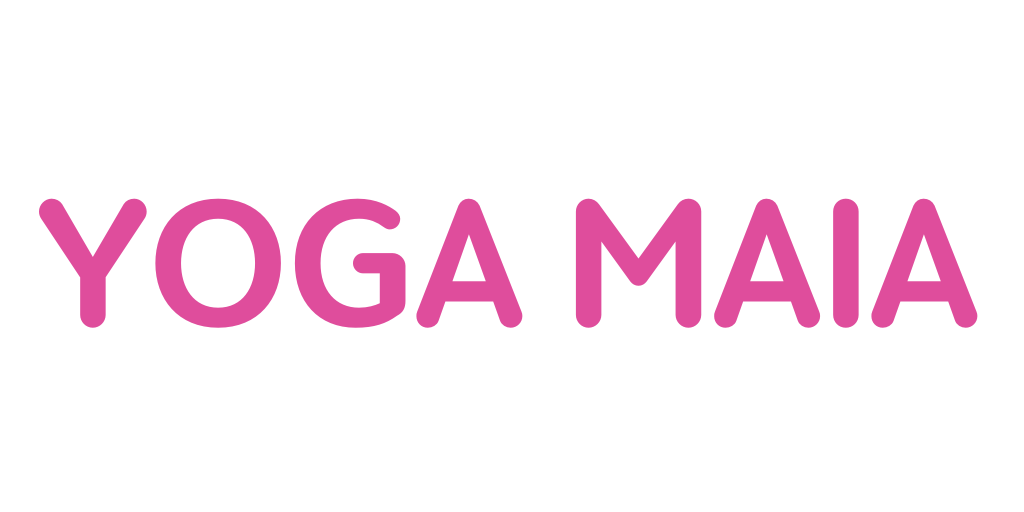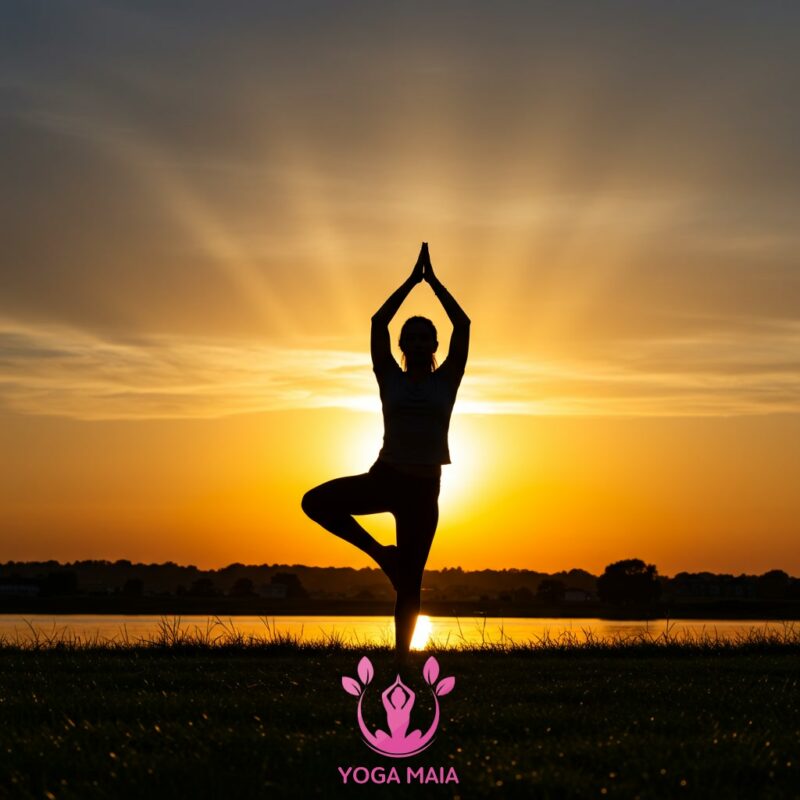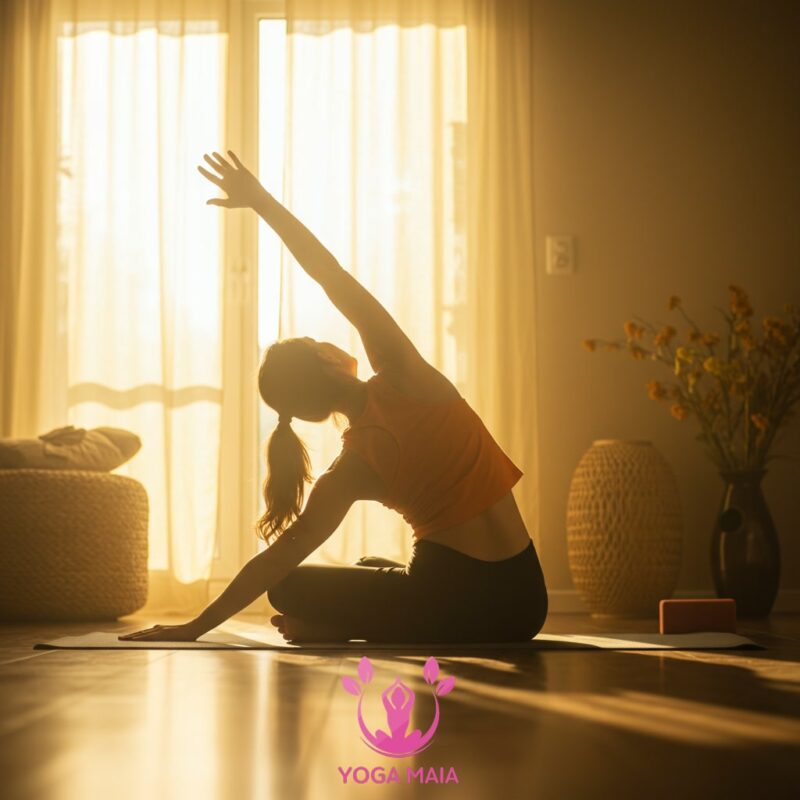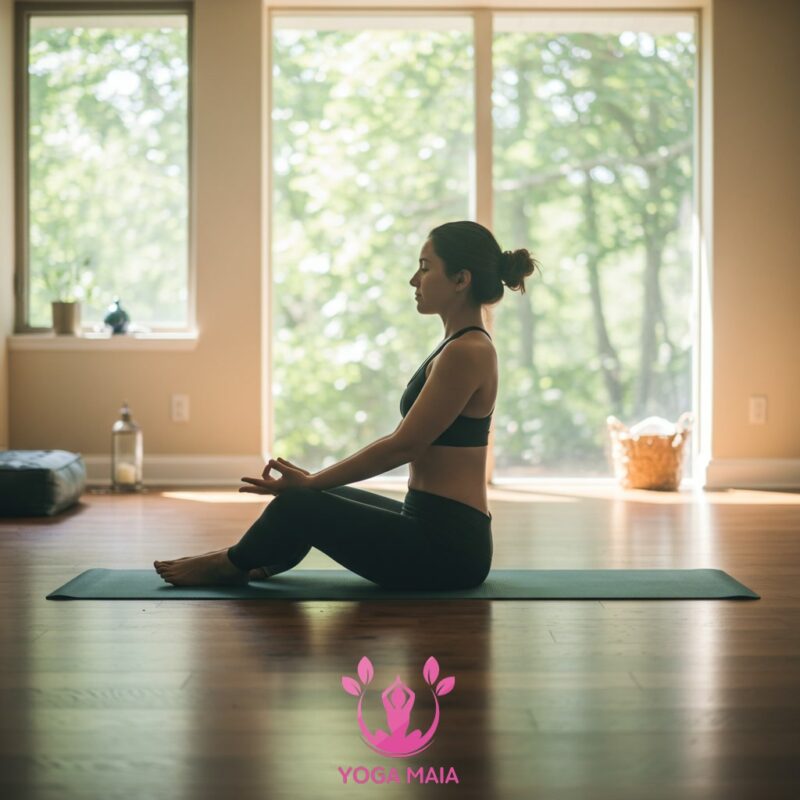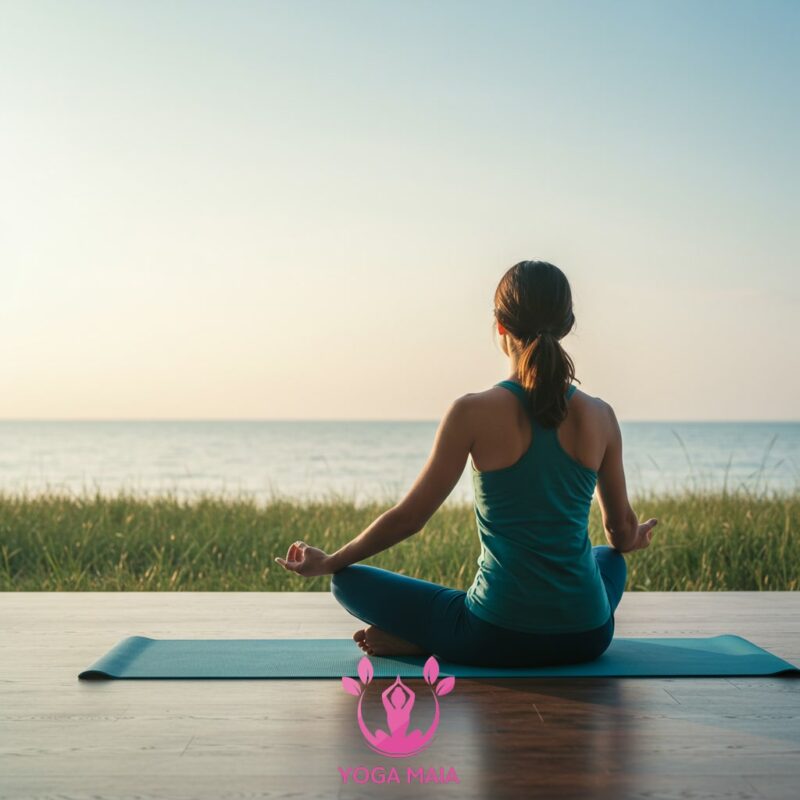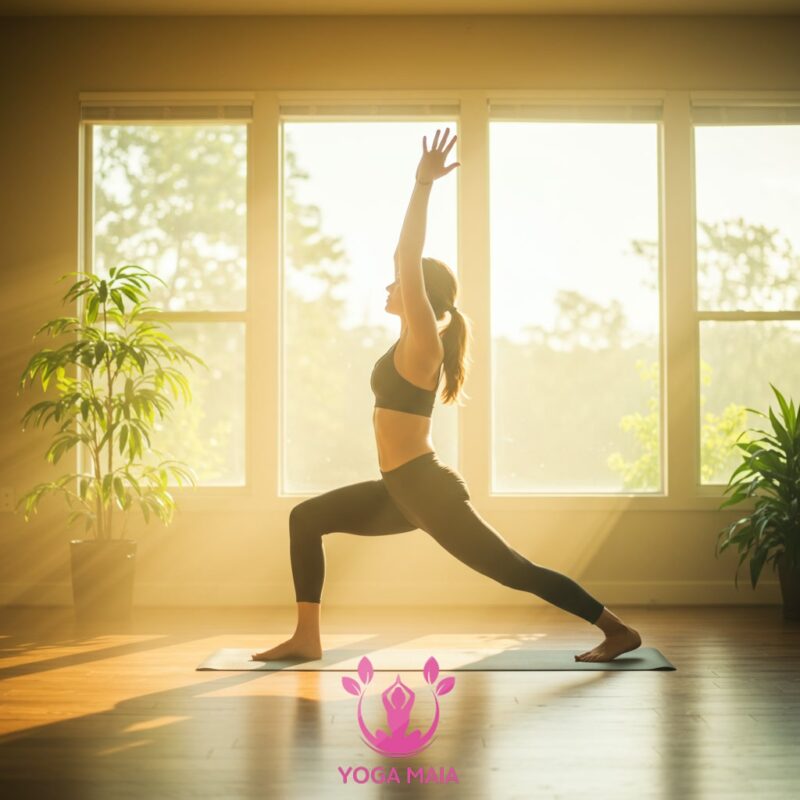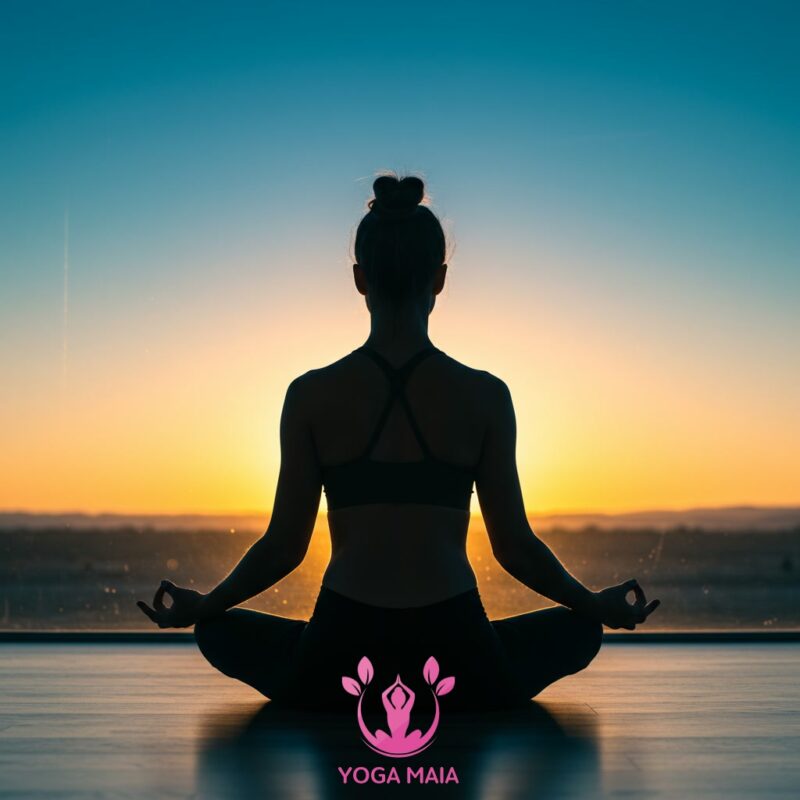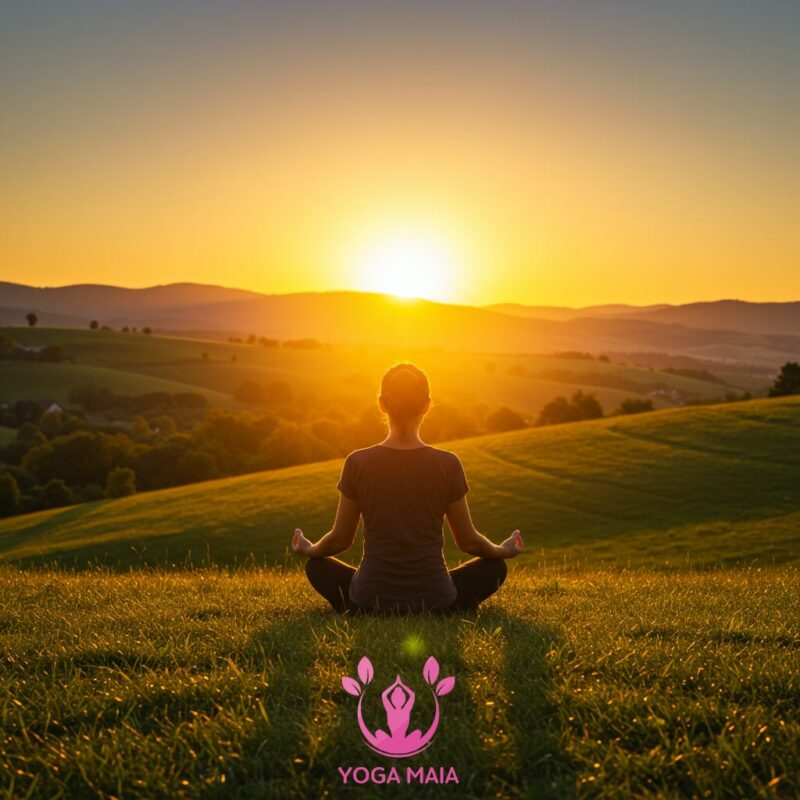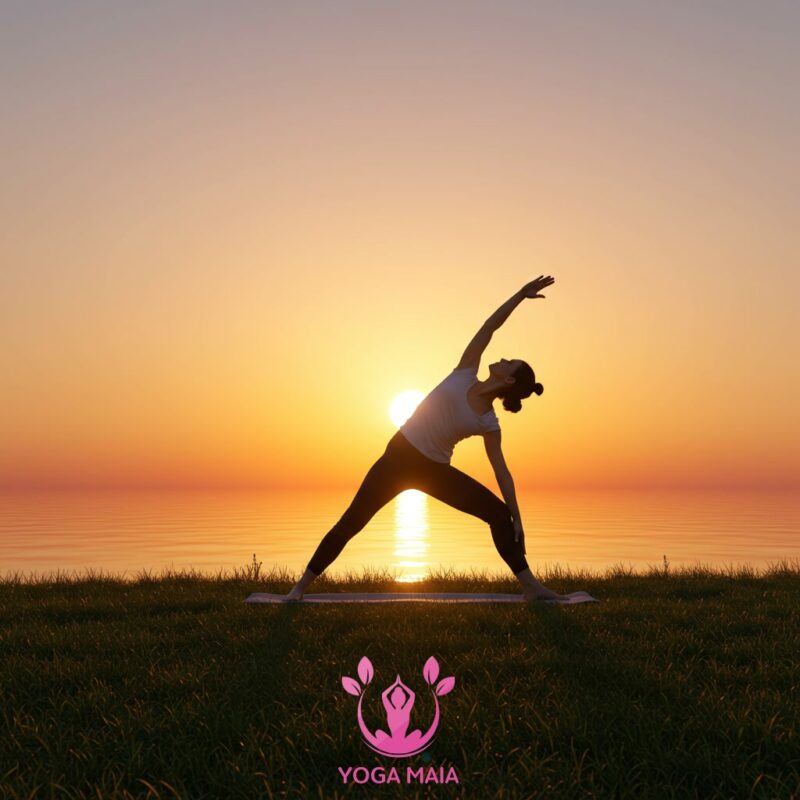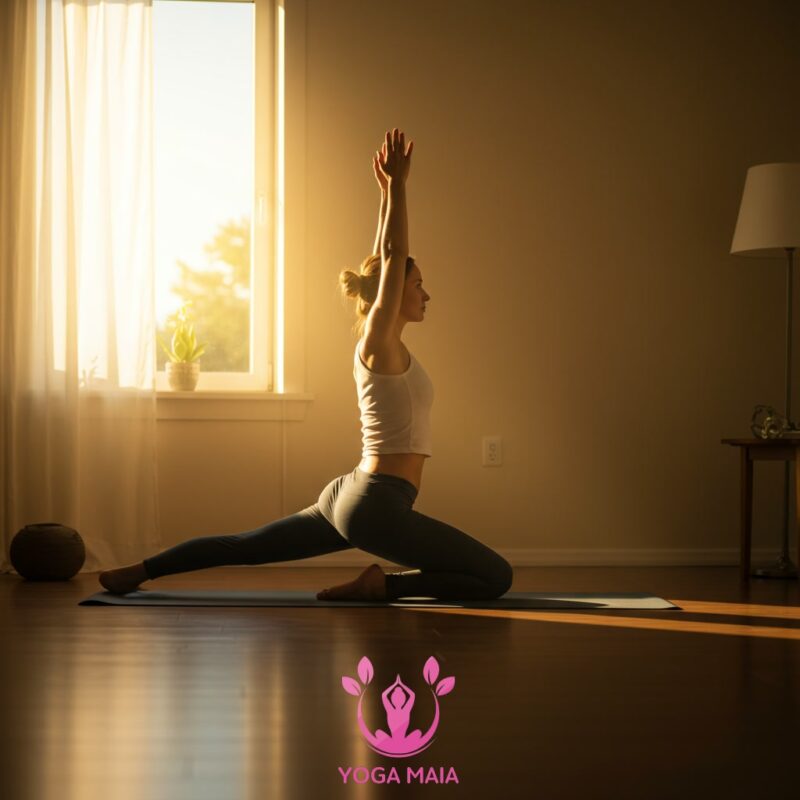Yoga Blog
Integrating Yoga Practices for Enhanced Physical Rehabilitation and Recovery

This content explores the integration of yoga practices into physical rehabilitation programs. It discusses how yoga can enhance recovery through improved flexibility, strength, and body awareness. The material highlights the therapeutic benefits of incorporating yoga into recovery protocols. It aims to show how yoga supports better outcomes in physical rehabilitation.
Table of Contents
- Section 1: Introduction: The Role of Complementary Therapies in Physical Rehabilitation
- Section 2: Understanding Yoga: Principles and Practices Relevant to Rehabilitation
- Section 3: Specific Benefits of Yoga for Physical Recovery and Enhanced Rehabilitation Outcomes
- Section 4: Integrating Yoga Practices into Rehabilitation Programs: Practical Approaches and Considerations
- Section 5: Evidence and Case Studies: Demonstrating the Effectiveness of Yoga in Rehabilitation
- Section 6: Safety Considerations and Challenges in Implementing Yoga for Rehabilitation
- Section 7: Conclusion: Future Directions and the Potential of Yoga in Rehabilitation
Section 1: Introduction: The Role of Complementary Therapies in Physical Rehabilitation
Physical rehabilitation is a critical process aimed at restoring function, reducing pain, and improving mobility after injury, illness, or surgery. While traditional approaches focusing on exercise, manual therapy, and education form the cornerstone of rehabilitation, there is growing recognition of the value that complementary therapies can bring. These diverse practices, used alongside conventional treatments, offer potential benefits by addressing physical, emotional, and psychological aspects of recovery. Integrating complementary methods can enhance patient engagement, improve outcomes related to pain management and flexibility, and foster a more holistic approach to healing. Understanding the role and potential contributions of these therapies is essential for developing comprehensive and effective rehabilitation programs that support individuals on their journey back to health and activity.
 Introduction: The Role of Complementary Therapies in Physical Rehabilitation
Introduction: The Role of Complementary Therapies in Physical Rehabilitation
Section 2: Understanding Yoga: Principles and Practices Relevant to Rehabilitation
Understanding yoga in the context of rehabilitation requires focusing on its core principles and practices that directly support physical recovery. Key principles include mindful movement, breath awareness (pranayama), and body awareness (proprioception). Practices often involve gentle physical postures (asanas) adapted to individual needs and limitations, promoting flexibility, strength, and balance without overexertion. Meditation and relaxation techniques (like savasana) are also crucial, helping to reduce stress, manage pain, and improve mental well-being, which are vital components of a holistic rehabilitation process. This approach recognizes the interconnectedness of the physical and mental states in achieving optimal recovery.
 Understanding Yoga: Principles and Practices Relevant to Rehabilitation
Understanding Yoga: Principles and Practices Relevant to Rehabilitation
Section 3: Specific Benefits of Yoga for Physical Recovery and Enhanced Rehabilitation Outcomes
Building upon the foundational principles of mindful movement and breath awareness, the integration of yoga yields specific, tangible benefits crucial for physical recovery and enhanced rehabilitation outcomes. A primary advantage is improved flexibility and range of motion, gently restoring mobility to injured or stiff joints and muscles through controlled stretches. Furthermore, yoga practices build functional strength, particularly in core stability and surrounding weakened areas, supporting posture and reducing strain. The emphasis on balance and proprioception helps patients regain stability and coordination, essential for preventing falls and navigating daily activities. Crucially, the heightened body awareness cultivated through yoga allows individuals to better understand their physical limitations and progress, fostering self-efficacy and enabling safer, more effective movement patterns throughout the rehabilitation journey.
 Specific Benefits of Yoga for Physical Recovery and Enhanced Rehabilitation Outcomes
Specific Benefits of Yoga for Physical Recovery and Enhanced Rehabilitation Outcomes
Section 4: Integrating Yoga Practices into Rehabilitation Programs: Practical Approaches and Considerations
Integrating yoga into rehabilitation requires practical planning tailored to the individual’s needs and recovery stage. This begins with a thorough assessment of physical limitations, pain points, and mobility. Based on this, specific yoga poses (asanas) are selected and heavily modified using props like chairs, blocks, straps, or bolsters to ensure safety and accessibility. Breathwork (pranayama) techniques are incorporated to help patients manage pain, reduce anxiety, and improve respiratory function, which is often compromised during recovery. Practical implementation also involves coordinating with physical therapists to align yoga practices with other therapeutic exercises, ensuring a cohesive and supportive rehabilitation journey. The focus is on gradual progression, listening to the body, and empowering the individual through mindful movement.
 Integrating Yoga Practices into Rehabilitation Programs: Practical Approaches and Considerations
Integrating Yoga Practices into Rehabilitation Programs: Practical Approaches and Considerations
Section 5: Evidence and Case Studies: Demonstrating the Effectiveness of Yoga in Rehabilitation
Following the discussion on tailoring yoga programs, it is crucial to examine the empirical support for integrating yoga into physical rehabilitation. Research studies consistently demonstrate that incorporating yoga practices can significantly enhance recovery outcomes. Evidence shows improvements in key areas such as reducing chronic pain, increasing range of motion, building functional strength, and improving balance. Case studies further illustrate these benefits through individual patient journeys, highlighting successful returns to daily activities and improved quality of life after incorporating yoga into their rehabilitation protocols. This body of evidence provides a strong foundation for advocating for yoga’s role as a complementary therapy in various rehabilitation settings.
 Evidence and Case Studies: Demonstrating the Effectiveness of Yoga in Rehabilitation
Evidence and Case Studies: Demonstrating the Effectiveness of Yoga in Rehabilitation
Section 6: Safety Considerations and Challenges in Implementing Yoga for Rehabilitation
While the empirical evidence strongly supports the integration of yoga into physical rehabilitation, it is equally important to address safety considerations and potential implementation challenges. Patients in rehabilitation often have specific physical limitations, injuries, or medical conditions that require careful consideration. Without proper assessment and adaptation, certain yoga poses could exacerbate existing issues or lead to new injuries. Therefore, finding instructors qualified in therapeutic yoga or adaptive yoga for rehabilitation settings is crucial. Furthermore, logistical challenges include integrating yoga sessions into existing therapy schedules, ensuring appropriate space and equipment, and managing varying levels of patient mobility and compliance. Overcoming these hurdles requires careful planning, clear communication between healthcare providers and yoga instructors, and a patient-centered approach that prioritizes individual needs and safety.
 Safety Considerations and Challenges in Implementing Yoga for Rehabilitation
Safety Considerations and Challenges in Implementing Yoga for Rehabilitation
Section 7: Conclusion: Future Directions and the Potential of Yoga in Rehabilitation
Building upon the evidence and considering the safety considerations and implementation challenges discussed, the future of integrating yoga into physical rehabilitation holds significant promise. As research continues to evolve, we anticipate a deeper understanding of specific yoga interventions for various conditions and populations. Future directions may involve standardized yoga protocols tailored for rehabilitation settings, greater collaboration between yoga instructors and healthcare professionals, and broader integration into established recovery programs. The potential lies not only in enhancing physical recovery metrics like strength and flexibility but also in leveraging yoga’s impact on mental well-being, body awareness, and pain management, offering a more holistic and patient-centered approach to rehabilitation and long-term wellness.
 Conclusion: Future Directions and the Potential of Yoga in Rehabilitation
Conclusion: Future Directions and the Potential of Yoga in Rehabilitation
